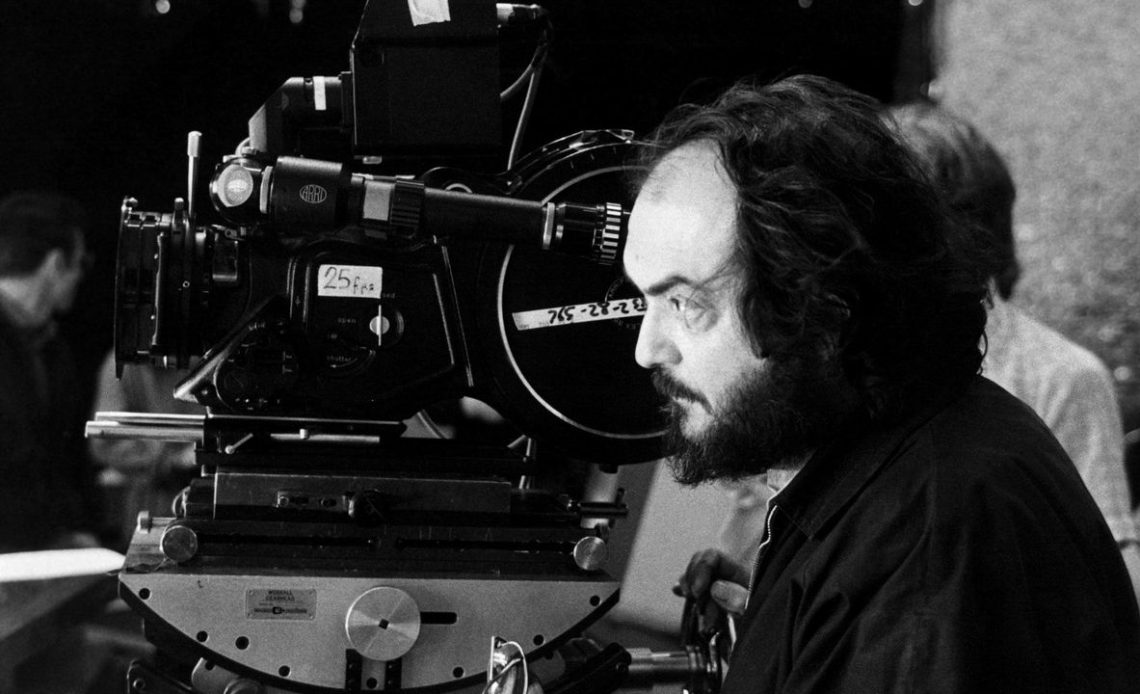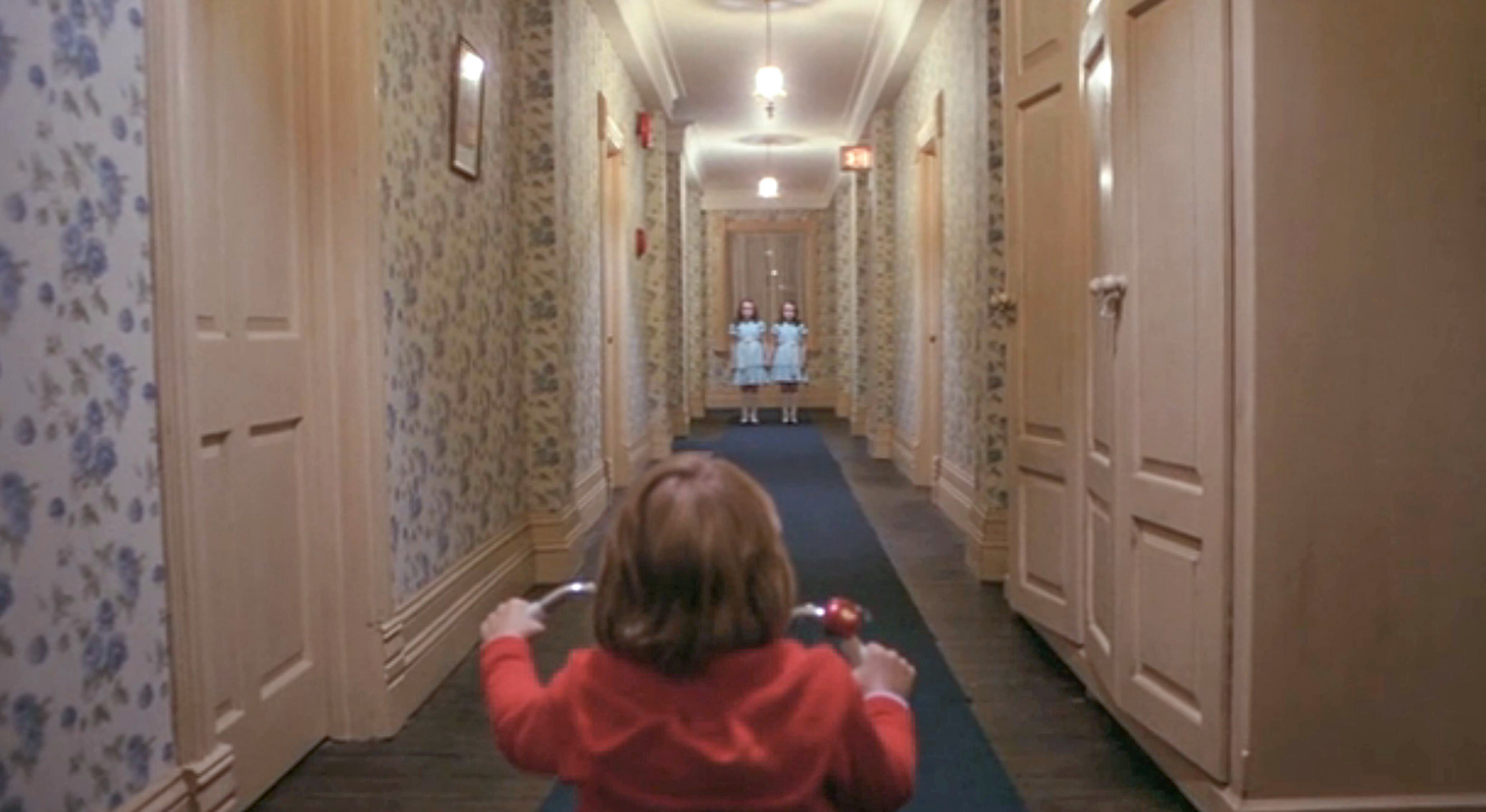
Cameras, photography and printing go hand in hand with making motion pictures, and none more so for legendary Stanley Kubrick, famous for his meticulous attention to detail when it came to creating his brilliant movies. From A Clockwork Orange (1971), The Shining (1980), Full Metal Jacket (1987), and his final film, Eyes Wide Shut (1999), the stories of his fanatical ways of working are the stuff of legend.
On a Bill Simmons Podcast that’s recently resurfaced, Matt Damon tells this amazing story about The Shining production designer Roy Walker, and Stanley Kubrick’s obsessive, time-consuming and controlling methods to make the perfect film back in 1978-1979. Kubrick used his film camera and 8x10in prints of a model set to perfect the lighting for his full-scale set when shooting the movie, as Damon explains…
“I worked with the production designer on the set of The Talented Mr Ripley and he was Kubrick’s guy, and he told me this great story about when he was designing that movie. Stanley Kubrick had a scale model of the Overlook Hotel in their production office, and he would set these miniature lights, and he would take hours doing this while his production heads were standing around. Then he’d take a photograph and then he’d hand it to an assistant who would go and run off (this is before one-hour photos) and develop it, and come back with an 8x10in print.”
Damon continues: “Kubrick would look at it for about five minutes and then he’d go back and he’d start adjusting the model lights again. This process would go on for days, but what Roy said what was incredible was when you were on The Shining film set, Kubrick had come up with some algorithm by which he could transpose the numbers of the (miniature) lights, he would set them just how he wanted, and then he would record what each light was at for exactly the same place in the big world.”
Then with his clever algorithm, Kubrick could go and set the lights up perfectly on the main Overlook Hotel film set.

“Roy said you could hold the 8x10in print in front of your face on set, and pull it away and you would see the exact same thing as shot on the miniature model… the level of artistry/insanity and obsession is just so beautiful,” says Damon.
It’s mind-blowing to think how time-consuming and costly this process was for Kubrick during production of The Shining way back in 1978-79.
In 2025, this process would obviously be far easier and quicker – now we can take a photo and print it almost instantly using a portable printer. Or we can simply use an Apple iPad to control our camera to shoot and review images on screen at around the same as 9x7in prints.
Author: Peter Travers
Source: DigitalCameraWorld
Reviewed By: Editorial Team



